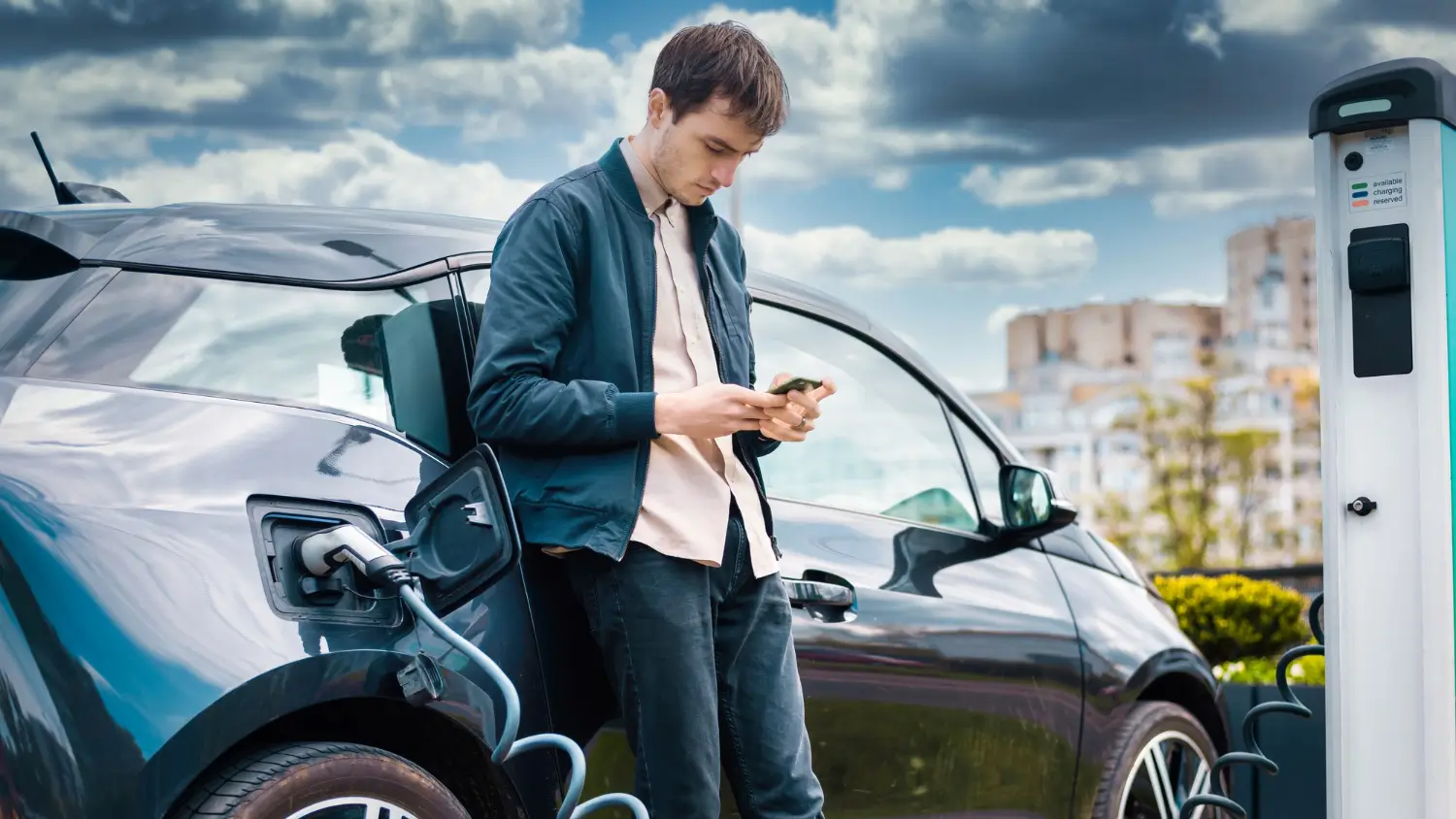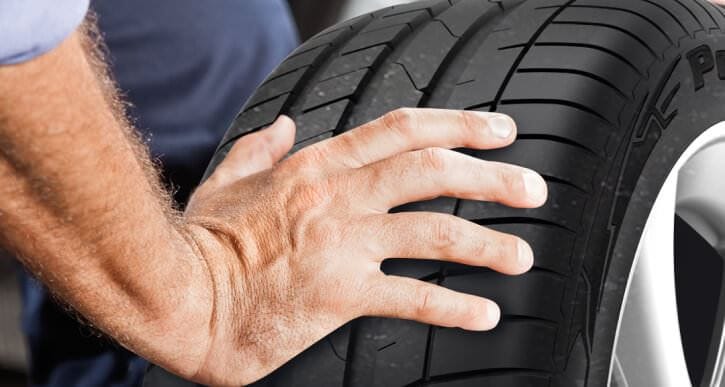Top 10 Latest Car Safety Features That Will Protect You on the Road

In today’s world, car safety has evolved far beyond the traditional features like airbags and seat belts. Technological advancements have given rise to a new era of car safety, offering drivers and passengers enhanced protection on the road. From autonomous driving features to cutting-edge accident prevention systems, the latest car safety features are designed to keep you safe, whether you’re navigating busy city streets or embarking on long road trips.
This article explores the top 10 latest car safety features that are setting new standards in the automotive industry. These innovations promise not only to reduce the risk of accidents but also to save lives and protect drivers and passengers alike. Let’s dive into these incredible advancements.
Adaptive Cruise Control (ACC)
Adaptive Cruise Control (ACC) is a significant leap forward from traditional cruise control. While cruise control maintains a constant speed, ACC goes a step further by adjusting the car’s speed based on traffic conditions. Using radar and cameras, this feature detects the distance between your car and the one ahead. If traffic slows down, your car automatically adjusts its speed to maintain a safe following distance. Once traffic clears, the system accelerates to your preset speed.
Lane Keeping Assist (LKA)
Lane Keeping Assist (LKA) is another game-changer when it comes to preventing accidents caused by drifting or unintentional lane departure. The system uses cameras to monitor lane markings on the road and provides corrective steering inputs if it detects that the driver is unintentionally leaving their lane.
Car Safety Features
This feature is incredibly useful in preventing side-swipe collisions and can be a lifesaver, particularly in situations where the driver may become drowsy or distracted. LKA, part of the suite of latest car safety features, helps to ensure you remain in your lane, offering peace of mind and increased safety.
Blind Spot Monitoring (BSM)
Blind Spot Monitoring (BSM) is a crucial safety feature for preventing accidents when changing lanes. Using sensors, the system alerts the driver if there is a vehicle in their blind spot, usually with a visual indicator on the side mirror or an audible warning sound. Some systems even provide steering interventions to prevent you from inadvertently merging into another vehicle’s lane.
Automatic Emergency Braking (AEB)
Automatic Emergency Braking (AEB) is one of the most effective safety features introduced in recent years. AEB uses radar or cameras to detect potential collisions with obstacles, including pedestrians, vehicles, or other objects in the road. If the system senses a potential impact and the driver fails to respond in time, it automatically applies the brakes to mitigate or avoid the collision.
Preventing Accidents
This life-saving feature is essential in preventing accidents, particularly in scenarios where a driver may be distracted, impaired, or unable to react quickly enough. As part of the latest car safety features, AEB can prevent severe accidents and save lives.
360-Degree Camera System
A 360-degree camera system provides a bird’s-eye view of the area around your car, using multiple cameras positioned around the vehicle. This gives drivers a comprehensive view of their surroundings, including blind spots and areas that are difficult to see from the driver’s seat.
Parking Situations
This system is incredibly helpful in parking situations, helping to avoid obstacles or pedestrians, and in tight driving spaces where visibility is limited. As one of the latest car safety features, it enhances overall awareness and helps prevent low-speed collisions, particularly when reversing or maneuvering in confined areas.
Driver Attention Monitoring System

A Driver Attention Monitoring System uses sensors to detect signs of driver fatigue or distraction. This system analyzes the driver’s behavior, such as steering inputs, speed, and lane position, to determine if they are alert and focused. If it detects any signs of drowsiness or inattention, it will issue warnings, often in the form of an audible alert or visual cue, to encourage the driver to take a break.
Pedestrian Detection System
Pedestrian detection systems use sensors, cameras, and radar to identify pedestrians in the car’s path. If a pedestrian is detected, the system alerts the driver, and in some cases, automatically applies the brakes if a collision is imminent. This feature is particularly beneficial in urban areas with heavy pedestrian traffic.
Pedestrian Detection
As a part of the latest car safety features, pedestrian detection is designed to minimize the chances of pedestrian-related accidents, ensuring that both drivers and pedestrians are protected.
Traction and Stability Control
Traction and stability control systems are designed to prevent loss of control during adverse driving conditions, such as rain, snow, or ice. These systems use sensors to detect if the wheels are slipping or losing traction. If this happens, they automatically apply brakes to individual wheels or adjust engine power to help the driver regain control.
Vehicle Handling
Traction and stability control are integral parts of the latest car safety features because they improve vehicle handling and prevent accidents caused by poor road conditions.
Cross Traffic Alert
Cross Traffic Alert (CTA) is a system that helps drivers when reversing out of parking spaces. Using sensors, it detects vehicles approaching from the side and warns the driver with an audible or visual alert. This system is especially valuable in crowded parking lots or areas with limited visibility.
CTA Ensures
As part of the latest car safety features, CTA ensures that drivers are aware of any cross-traffic hazards, reducing the likelihood of backing into another vehicle or pedestrian.
Autonomous Parking Assist
Autonomous Parking Assist allows the car to park itself with minimal input from the driver. Using sensors, cameras, and algorithms, the system can detect a suitable parking space and maneuver the car into the spot, without the driver needing to steer or press the pedals.
Safe Parking Experience
This technology is not only convenient but also a critical safety feature, especially in tight spaces where parking can be a challenge. It reduces the chances of parking accidents and ensures a smooth, safe parking experience. As part of the latest car safety features, autonomous parking assist is revolutionizing how we interact with our cars.
Conclusion
The latest car safety features represent a monumental shift in how cars are designed to protect drivers and passengers on the road. From preventing collisions to enhancing driver awareness, these innovations are reshaping the automotive industry. As technology continues to evolve, we can expect even more advanced safety features to emerge, making driving safer and more enjoyable.




